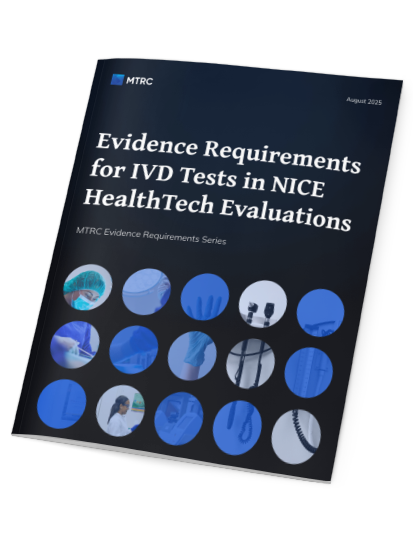
Health technology assessment (HTA) plays a key role in market access for medical technologies in England. The National Institute for Health and Care Excellence (NICE) is the main HTA body and is responsible for evaluating diagnostics, devices, and digital tools. In July 2025, NICE consolidated three of its former programs - Diagnostics Assessment, Interventional Procedures, and Medical Technologies - into a unified NICE HealthTech Program. This new structure reflects a lifecycle-based approach, but the evidence principles from the previous Diagnostics Assessment Programme (DAP) still inform current evaluations.
The HealthTech Programme provides four types of recommendations for non-medicine technologies, such as diagnostics, medical devices, and digital health tools, which are structured around four main recommendation types: routine use, use during evidence generation, more research needed, or not recommended. These categories reflect the level of confidence in the available evidence and the expected value for money.
This white paper reviews five assessments of IVD diagnostic technologies conducted under NICE’s previous DAP framework. While terminology and processes have evolved with the introduction of the HealthTech Evaluation Programme, these case studies remain highly informative. They offer practical insights into NICE’s evidence expectations and common drivers of recommendation decisions, which continue to shape current evaluation approaches. These findings can support companies in developing effective evidence generation strategies and navigating market access for similar diagnostic technologies in the UK.
Request White Paper
Request analytical White Paper to gain strategic insights into NICE’s evidence expectations and market access for diagnostic technologies
